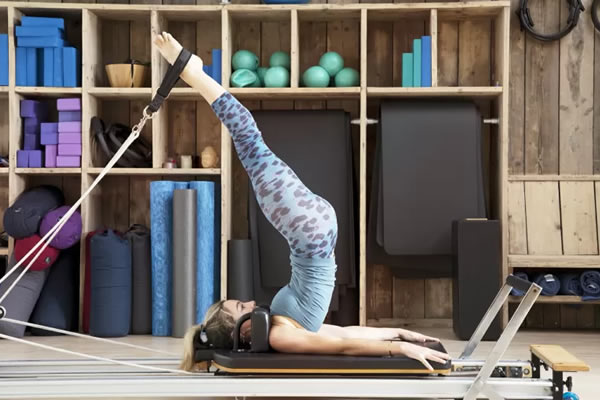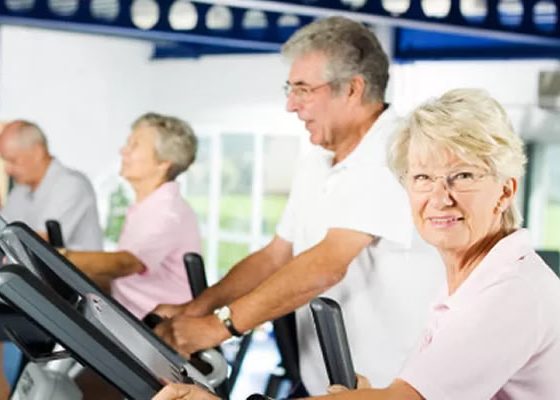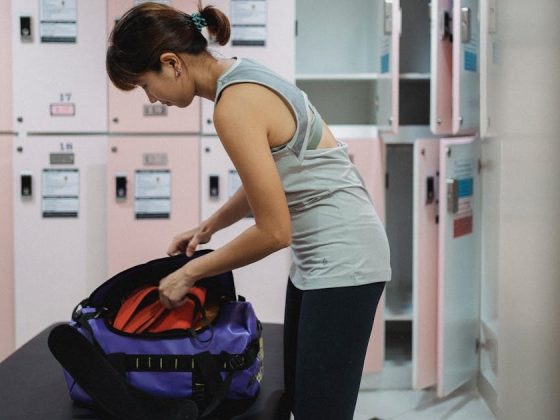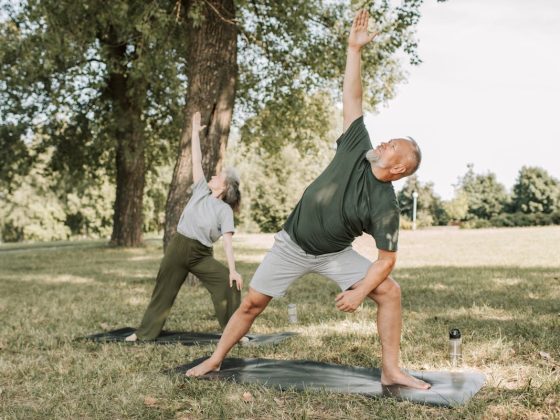Pilates, first developed by Joseph Pilates in the 1900s, has become much more popular with the use of Pilates reformers. Initially created for individuals in rehabilitation programs and hospitals, healthy individuals now use this Pilates machine for a total body workout.
The Benefits of Using a Pilates Reformer
You can use this Pilates machine to exercise almost every muscle group in your body, but the benefits of this smooth, low impact workout go beyond simply engaging muscles.
Alignment Correction
Much of society spends their days in a forward-flexion position (slouching, sitting), but the reformer encourages a neutral spine, back extension, and elongation people may not otherwise experience.
Increases Range of Motion
Doing exercises on the Pilates reformer helps increase range of motion for peripheral limbs. The design of the machine promotes ranges of motion that might not be safe outside of the confines of a reformer.
Increase Flexibility
Using the Pilates reformer increases flexibility and challenges the body to safely push further into stretches and isometric holds than might be possible otherwise.
Core Strength
This machine can build core strength, which is essential for optimal daily living and injury prevention. The reformer will also increase strength throughout the body overall, depending upon the routines completed, but is not the first choice for those wanting muscle hypertrophy (muscle growth). If strength is less an issue but muscle growth is a priority, the reformer will not provide the same results as power lifting or heavy strength training.
Promote Cardiovascular Health
Depending on the exercises, a reformer can provide a cardio workout, which benefits the heart. But a reformer session should primarily be considered a resistance workout (depending upon the workout).
Lose Fat
Losing inches is more typical for a reformer user than losing weight is – that’s because this type of workout helps cultivate muscles and burn fat, which may not reflect quickly on the scale, but will reflect in how clothes fit.
How it Works
The Pilates reformer works on a pulley system with the leather straps or ropes. You can do exercises standing, kneeling, sitting, or lying down. Your resistance, which is the main part of the workout, comes from pulling the straps attached to springs along with your own body weight. Four levels of resistance on the machine are adjustable. The green spring is for light resistance and the resistance increases with blue, yellow, and red. A stationary bar is also used for pushing off in some exercises. Once you get started, you will discover virtually endless amounts of exercises you can do to work just about every muscle group in your body.
Seeing Results
When you see results from the reformer will depend not only on the intensity, duration, and frequency of your sessions, but also your dietary habits. It’s likely you will “feel” the workout the very first time you do it, meaning you will feel soreness in your muscles a day or two after. It will take around two weeks before you notice you’re starting to feel stronger in your movements. At four weeks, it’s likely you will notice your body tightening a bit, or maybe even gaining some muscle definition.
A Couple Sample Exercises
The reformer is an incredibly versatile piece of equipment and can be used for wide variety of exercises. Essentially, any resistance exercise that can be done outside of a reformer can be done with a reformer, but requiring increased effort. Body weight, along with the pulley system of the reformer, sets the stage for a good workout.
Pike Plank
A pike plank starts as a traditional plank, but the glutes are then drawn toward the ceiling, forming an upside-down V-shape with the body, similarly to yoga’s downward facing dog. The sliding platform of the reformer allows for a controlled transition in and out of the pike, while also engaging your muscles as they work to keep you stable throughout the movement.
Rows
Rows are typically done with hand weights or barbells, but your body weight combined with the pulley system of the reformer can target the trapezius and rhomboid muscles just as well as any weight can. This is another instance where the sliding platform of the machine recruits your body weight as resistence for an exercise.
Purchasing a Pilates Reformer
A reformer lies on the floor with or without pedestals. You can purchase a wood or metal one but most people opt for the metal one because it’s more attractive for a home gym. Both come with either leather straps or ropes that you use for pulling or pushing. There’s a comfortable crux, which is the platform you sit on to do most of your exercises and a headrest. The most popular Pilate reformers are manufactured by Gratz Pilates, Merrithew, and Peak Pilates. You can find a good one between $2000 and $4000, depending on where you purchase it and the quality of the machine.
Build Strength
Always check with your physician before you start any new workout routine. As with any new exercises, if a particular movement causes you pain, stop immediately. You need to build up your body to do some of the more intense movements and you could become injured if you do too much too soon. The Pilates reformer can be an excellent option for someone who wants to increase their strength but doesn’t necessarily want to venture into the weights area of the gym.





